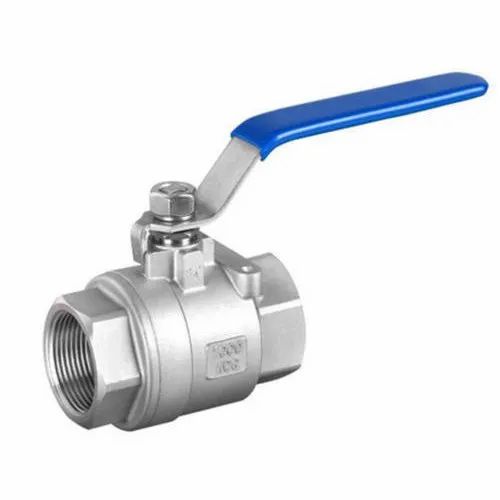
Ball valves are a staple in the fluid and flow control industries for their resilience and easy-to-operate properties. Whether you’re controlling the flow of water, steam, gas, or air, ball valves effectively manage your pipeline. But when it comes to more precise control over the pressure of water passing through, can a ball valve deliver? This blog post will explore the answer to this question and more.
What Does a Ball Valve Do?
A ball valve is a reliable, highly efficient shut-off valve designed to manage the flow of liquids, vapors, and gases in a piping system. Its robust construction ensures durability and long-term performance, making it the ideal solution for any piping system.
The internal ball is designed to regulate fluid flow through a pipe. Its design includes a bore cut out of the ball, which is mounted against two seats in a shaft that connects to a control mechanism. The ball is rotatable, allowing it to be opened and closed when the bore is exposed. To prevent the uncontrolled flow of fluid, the ball valve should be operated only in the fully open or fully closed position, except for a v-notch ball valve which can be used for modulating control. This valve offers reliable and accurate fluid flow control, making it ideal for various applications.
Ball valves are a reliable and cost-effective choice for industrial applications. With three main types (standard port, full port, and V-port for precise flow control), they are exceptionally durable and require little to no maintenance. They can handle the high pressure of up to 1,000 bar and temperatures up to 400°C and remain consistent in performance even after multiple cycles of operation. Furthermore, ball valves are easy to operate and highly flexible, making them popular in many industries. Their simple mechanism and tight seal make them an ideal choice for reliable, low-maintenance performance.
Controlling Flow with a Ball Valve
V-ball valves are a cost-effective option for controlling the flow of liquids, vapors, and gases. Their adjustable v-notch design provides adequate control for applications that don’t need precise regulation. Compared to other valve types, V-ball valves are less widely used. However, their affordability makes them a viable choice for those looking for a reliable and cost-effective solution.
Advantages of Ball Valves
Ball valves have an impressive turndown ratio and can regulate flow rates over a wide range. With their steady rotation and lack of jump effect, actuator input signals are consistently produced to deliver constant flow rates even at small valve openings. Ball valves are handy for control applications where moderate pressure drops are necessary, as the ball hole offers minimal flow restrictions, unlike other valve types. Additionally, their quarter-turn design makes them ideal for emergency flow regulation due to their fast actuating performance.
The advantages of ball valves as flow control valves are undeniable. They offer a reliable and efficient solution for controlling the flow of liquids, gases, and other media, and they also have many other benefits.
- Ball valves can operate at high pressures and temperatures, making them suitable for various applications.
- They are designed to prevent leakage when fully shut and have an excellent valve flow coefficient when in a fully open state. This means that they exhibit the same flow characteristics as the pipe they are connected to.
- Ball valves are self-cleaning, making them ideal for lightly soiled media.
- Available in various connection types, such as flanged, union nut, threaded and more.
- Smaller and lighter than other types of valves with similar flow characteristics.
Ball Valves and Pressure Control
The answer to the question “Can a ball valve reduce water pressure?” is no. Ball valves are not designed to control pressure and should always be fully open or closed for optimal performance. A pressure-reducing valve, or pressure regulator, is the most accurate and precise option for applications where pressure control is needed. Pressure regulators provide accurate and reliable control of water pressure, making them the ideal choice for applications that require pressure regulation.
A pressure regulator requires no more plumbing than a ball valve and can precisely control the downstream pressure. It’s essential to check the pressure limitations of the valve against your requirements and ensure it is rated to a pressure more significant than the pressure of the fluid. A pressure regulator will also have a range of outlet pressures, allowing you to select the perfect range for your application. By using a pressure regulator, you can ensure your downstream pressure’s accuracy and optimal performance.
Our high-quality ball valves provide exceptional control in process applications by allowing quick open and close times and offering bi-directional flow and leak-proof service. If you’d like to speak to an expert at BCST about ball valves and the best options for your application, don’t hesitate to email us at [email protected].






